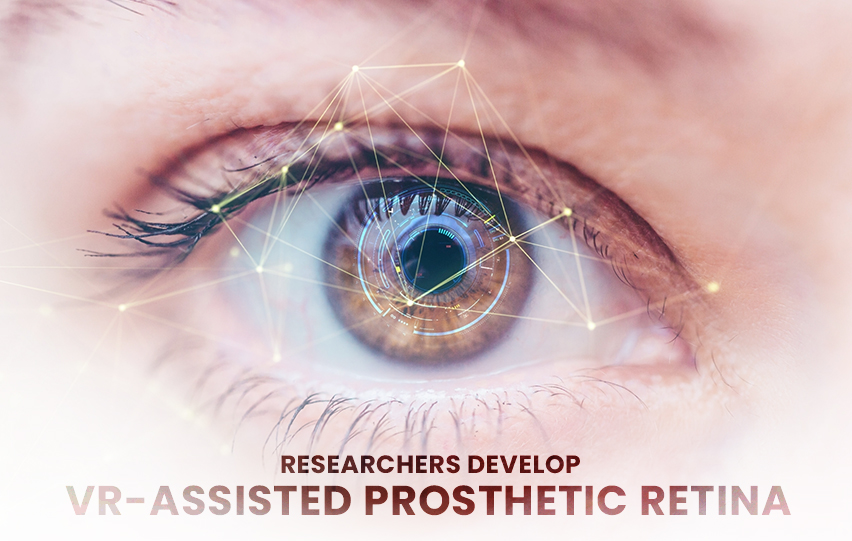A research team at the Ecole Polytechnique Federale de Lausanne (EPFL) in Switzerland has developed prosthetic retina implants to treat blindness, reported Genetic Engineering & Biotechnology News. The system uses virtual reality to create a perceivable environment.
To provide perception for people who lost light-sensitive retinal cells, the implants offer artificial vision using electrical stimulation of the functional neurons in the retina.
Diego Ghezzi, the Medtronic Chair in Neuroengineering at the School of Engineering at EPFL, believes that this implant is a leap forward compared to existing retinal prosthetics.

He said, “Current implants produce very poor results, and their wearers are still considered legally blind. In order to lead what is considered ‘normal’ life, the implantee must recover a visual field of at least 40 degrees. Current implants achieve only 20 degrees.”
Ghezzi and his team’s research is expected to provide artificial vision with the help of electrodes that can stimulate the patient’s remaining retinal cells.
The EPFL report explained that this new development will use glasses embedded with a camera to capture the patient’s field of vision. This places the wearer in a dark VR environment. The camera then transfers the data to a microcomputer also found within the glasses.
The data is processed and transformed into light signals that are transferred to electrodes in the implant. At the end of the process, the electrodes send signals to the working cells in the retina to show a simplified version of the image.
To the implantee, the images are seen as black and white dots of light against the background of the dark VR environment. While this new tech can allow blind individuals to somehow see, they need to learn how to interpret the dots.
Ghezzin explained, “It’s like when you look at stars in the night sky – you can learn to recognize specific constellations. Blind patients would see something similar with our system.”
The team’s study is far from perfect as it faces challenges such as providing the correct visual angle, said Tech Crunch. Patients can still have difficulty understanding a clear image if the visual angle is wrong.
Moreover, Ghezzi noted that the system is yet to be tested on humans as “[they] aren’t yet authorized to implant our device in human patients, since obtaining the medical approval takes a long time.”
The team was able to test the system using a virtual process to simulate what implantees would be able to see.
















